Fujifilm X-E1 review
Meet the Fujifilm X-E1, the brand's second-gen retro-styled compact system camera
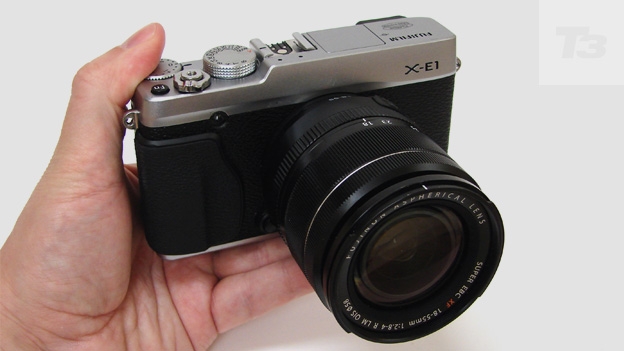
-
+
Retro styling
-
+
Less daunting than the X-Pro1
-
+
Lovely image results
-
-
A pricey step up
-
-
Screen isn't angle adjustable
-
-
AF could be quicker
Why you can trust T3


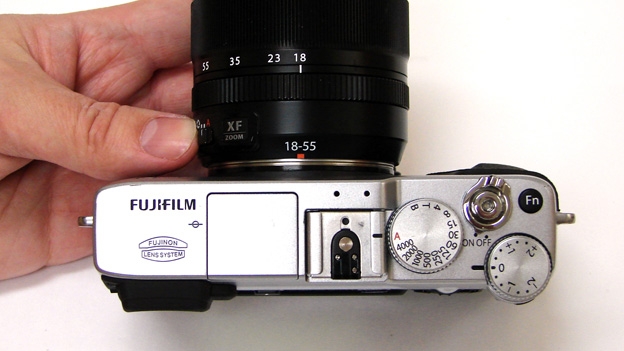
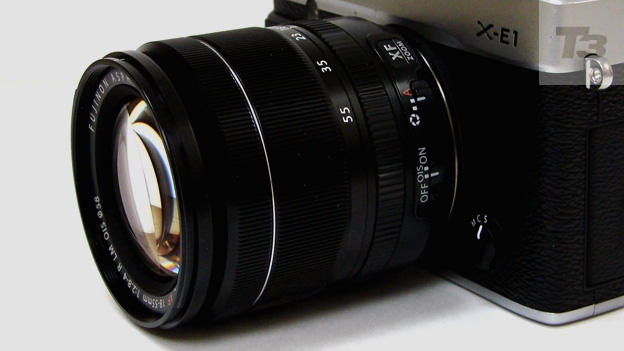
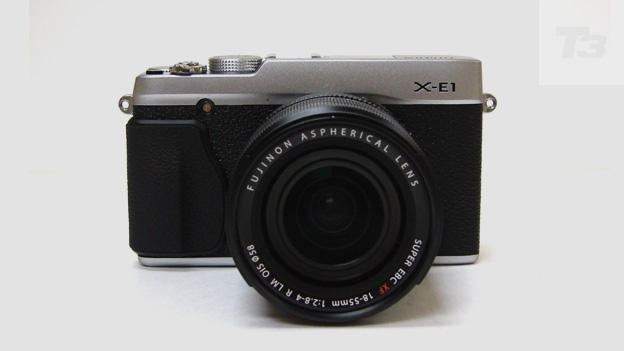
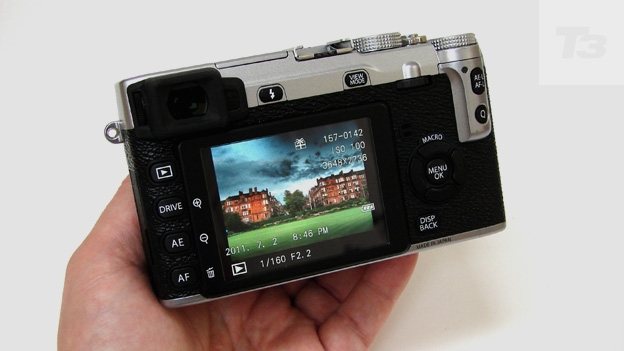
The Fujifilm X-E1 is an affordable alternative to the Fujifilm X-Pro1 and rangefinder-style cameras from Leica. But is it actually worth buying?
One thing that greatly appealed to us about early compact system cameras (CSCs), such as the Olympus Pen E-P1 from 2009, followed by the Pentax Q, and earlier this year the Fujifilm X-Pro1 and Olympus OM-D, was that they didn't obviously resemble digital cameras.
Indeed, thanks to the retro 1960s/70s styling, a classic built-to-last construction and manual knobs and dials, they appeared gloriously analogue. In a world of shiny plastic tech, here were cameras that seemed lovingly crafted rather than merely constructed.
Emerging six months after the X-Pro1, Fujifilm's debut interchangeable lens CSC, is the slightly smaller, lighter and less expensive Fuji X-E1.
It obviously shares the same 'X series' design DNA as its forebear, and again offers manual handling with the ability for example to adjust shutter speed and exposure on the fly via separate top plate dials, a nod to the pro-end rangefinder cameras from luxury brand Leica.
Indeed we've previously suggested the Fujifilm X-Pro1 as a good option for keen photographers who could never justify spending £5K on a Leica compact.
First impressions are that the 16.3 megapixel APS-C sensor incorporating X-E1's build quality isn't quite as rock solid. There are elements, such as backplate buttons and the camera base, which feel decidedly plastic.
But attach the image stabilised 18-55mm XF zoom lens, a new release that came bundled with our X-E1 review sample, and the combination is immediately a heavier and weightier proposition when gripped. It also means the X-E1 and lens is not a proposition for transporting in a pocket however, the camera alone being roughly an inch and half in depth.
A vacant hotshoe for accessory flashgun plus a built-in pop up flash and full HD 1920x1080 pixels video at a regular frame rate of 24fps extend creative options, while a very high 2.36 million dot resolution OLED electronic viewfinder (EVF) with eye sensor offers an alternative to the larger screen below for lining up shots.
Add a range of backplate controls that fall between those we'd expect to see on a compact and those present on a digital SLR, and you have a camera seeking to please all comers.
The only caveats are that you will still require deep-ish pockets to own an X-E1 and will need to be prepared to invest in a whole new ring-fenced camera system and lenses to go with it. Presently just five compatible optics are offered by Fujifilm, although a further five lenses are promised in 2013.
The X-E1 with 18-55mm zoom is currently retailing for £1,149.95, some £50 cheaper than the street price for a body-only X-Pro1.
Fujifilm X-E1: Controls
The top plate exposure (+/- 2EV) and shutter speed (up to 1/4000th of a second) dials of the X-E1 have the reassuringly stiff feel and action you'd hope for from a camera costing around £1,000.
The X-E1 powers up within a couple of seconds via a flick of the switch that ergonomically encircles the shutter release button, while a press of the 'Fn' (Function) button alongside it provides instant access to light sensitivity speeds, ranging from a broad ISO100 to a 'see in the dark' ISO25600 equivalent on this camera.
A press of the menu button at the back meanwhile, and no fewer than five shooting menu folders and a further three set up menu folders present themselves.
Such menu settings are the means by which image quality is set, and provide the location for unique-to-Fujifilm features such as its film simulation modes. As on previous iterations, these include not only vivid or soft colour/focus options, but also a range of monochrome plus sepia colour choices, effects applied at the point the image is captured.
Intensity of colour and tone can also be manually adjusted in camera, allowing users to tweak shots to the nth degree and set the camera up to their personal preferences. Though we could just point and shoot if we wanted to, and in that respect the X-E1 is slightly easier to get to grips with than the X-Pro1,
For those who want to explore further, the X-E1 offers up a degree of control that we'd expect to otherwise witness on a semi pro or pro DSLR, making the high price point not as alarming as it might first seem.
Fujifilm X-E1: Screen
The fixed, non-angle adjustable backscreen on the X-E1 is marginally smaller than that of competitors at 2.8-inch and with a resolution of 460k dots, rather than the more standard 3 inches and 921k dots found at this price level.
Not that this will be a deal breaker for the more traditionalist photographers the X-E1 is seeking to attract, as there's also the high resolution EVF for those who prefer holding a camera up to their eye to fall back on. Here the adjacent eye sensor is as quick to respond as the one found on the Sony NEX-6. Take your eye away and the LCD below blinks back into life to alternatively enable shot composition.
Fujifilm X-E1: Battery
A chunky matchbox-sized NP-W126 lithium ion battery slots into the base of the X-E1, hidden beneath a door with a catch that also protects the adjacent port for optional yet essential SD card.
Power duration is up to a respectable 350 shots from a full charge, with standalone mains charger and plug provided out of the box. This means investing in a spare cell is a serious option if wanting to avoid the camera being out of action every time the battery requires recharging.
Fujifilm X-E1: Image quality
Whilst its predecessor in the X-Pro1 was criticised on initial launch for a sluggish auto focus speed - a feature improved via recent Firmware upgrade - Fuji's blurb for the X-E1 claims a swift 0.1-second response when twinned with the 18-55mm zoom we had on test.
While there is indeed a fraction of a second delay while the on-screen image visibly adjusts - which means we canít quite describe the AF here as lightning fast - for the more considered photographer the X-E1 will attract, it's swift enough.
While it does mean that it's not the ideal camera for photographing small children who never remain still, there is a choice of 6fps or 3fps bursts for action photography.
However by using the zoom and focusing on subjects closer to the camera, it is possible to get some lovely 'creamy' shallow depth of field effects that would have at one time been purely the preserve of the DSLR. Colours too are natural and images have real punch straight out of the camera.
When shooting video, the camera has to be first put in that particular drive mode via a button located to the left of the LCD. There's no separate shooting mode dial, nor is there a dedicated video record button - simply press the shutter release button to start and subsequently stop recording.
Thankfully, AF will adjust if you alter the frame by zooming in or out. But it's not instant, so the frame will go soft for a couple of seconds before the shot eases back into focus.
For more experienced moviemakers there's always the option to adjust focus manually, of course, with the screen being sufficiently large - just - to enable us to do so reasonably accurately. For users who want to get more professional still, an accessory microphone can be attached via a side port, thereby avoiding the built-in microphones inadvertently picking up any operational or handling noises.
Fujifilm X-E1: Verdict
The 16.3 effective megapixel, 1920x1080 pixels Full HD video shooting Fujifilm X-E1 competes directly with the Olympus OM-D E-M5 in the retro styled compact camera system stakes. While, if you prefer the more modernist look, the Sony NEX-7 and cheaper Sony NEX-6 likewise offer an eye-level viewfinder, as well as the larger format APS-C sensor for almost DSLR-style picture quality.
In going for a traditionalist look, feel and handling however, Fujifilm has eschewed more contemporary features such as wireless connectivity, customisable apps - both found on Sony's NEX-6 - plus touch screen control.
Since the camera is already reasonably bulky compared to rivals, room might have also been found to include an adjustable backplate LCD, which would have given us greater flexibility when framing up creatively angled shots.
However, handling wise we preferred the X-E1 to the more fussy X-Pro1, and battery life is better when compared with the 300 shots afforded by that more expensive model too. Furthermore it is a breath of fresh air to see Fujifilm aiming for a higher value of camera rather than sticking with it's pile 'em high, sell 'em cheap pocket compacts, a market already in decline. Whilst not quite as outwardly gorgeous as the X-Pro1, the X-E1 comes close, offering a more accessible option all round if you've the cash to stump up.
Fujifilm X-E1 release date: Out now
Fujifilm X-E1 price: £1,149.95 with 18-55mm lens
Sign up to the T3 newsletter for smarter living straight to your inbox
Get all the latest news, reviews, deals and buying guides on gorgeous tech, home and active products from the T3 experts
Gavin Stoker has been writing about photography and technology for the past 20 years. He currently edits the trade magazine British Photographic Industry News - BPI News for short - which is a member of TIPA, the international Technical Imaging Press Association.
-
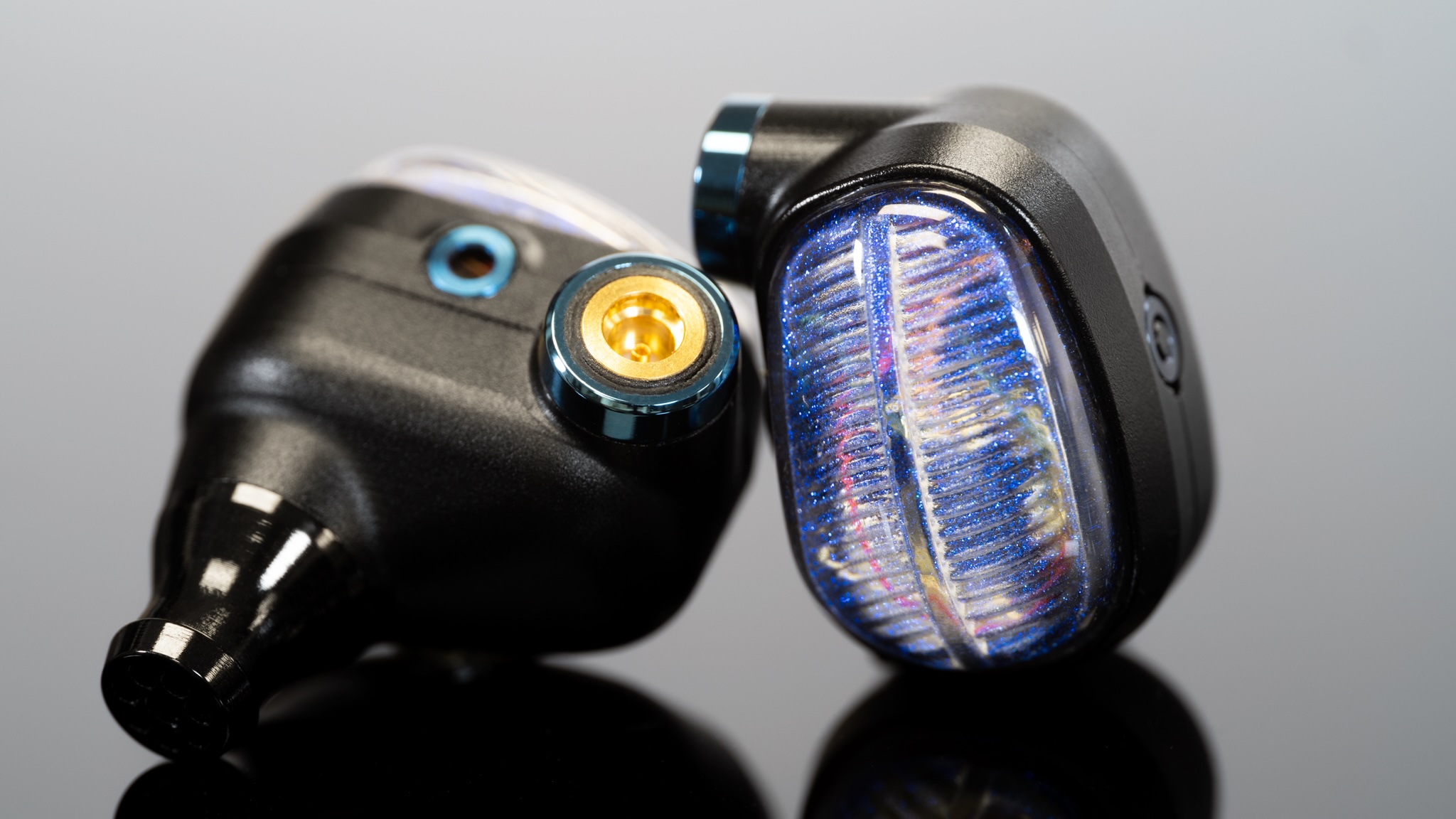 Campfire Audio’s new Alien Brain IEMs are a hi-fi, sci-fi glass act
Campfire Audio’s new Alien Brain IEMs are a hi-fi, sci-fi glass actCampfire promises "close encounters of the Hi-Fi kind"
By Carrie Marshall Published
-
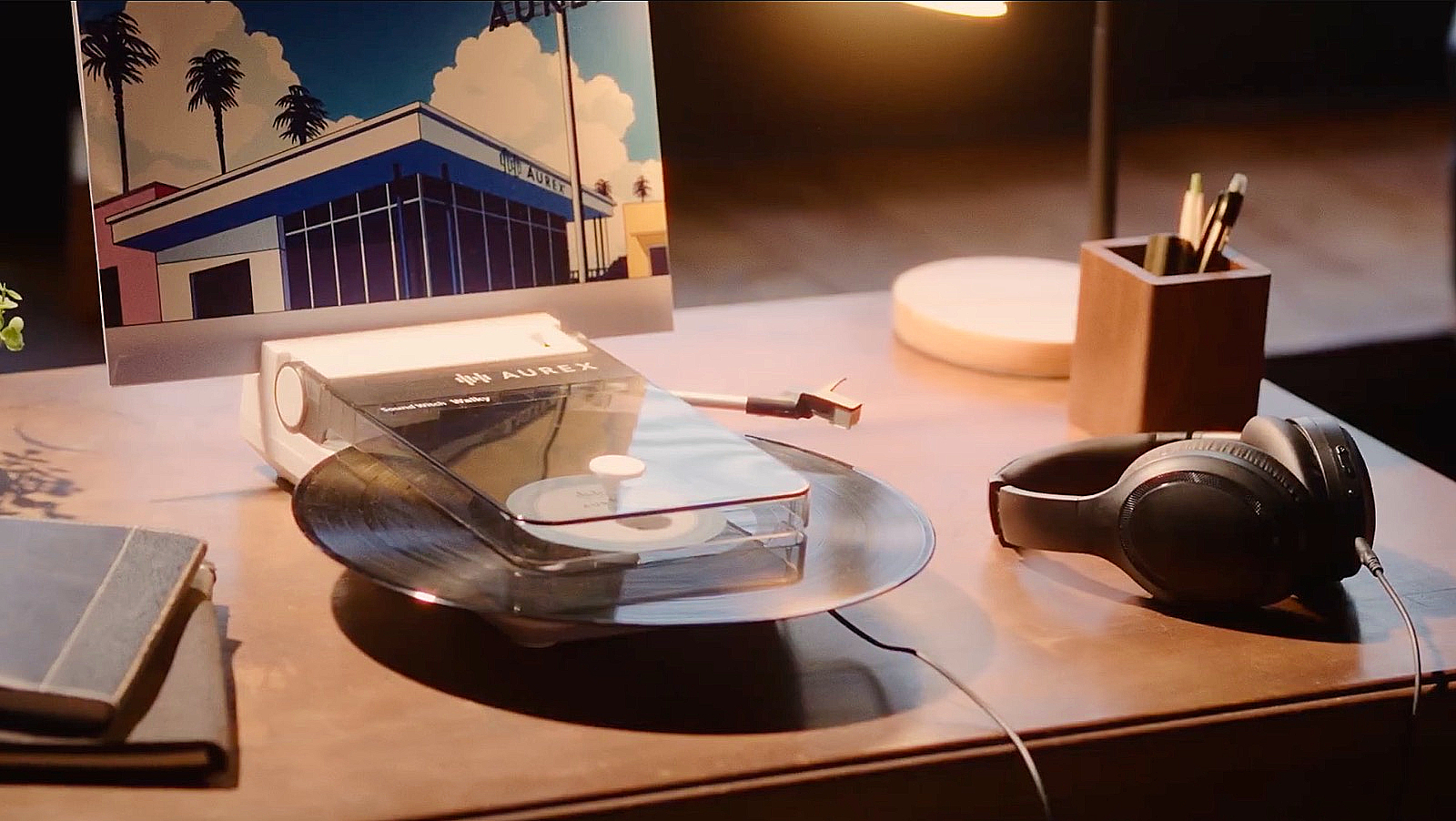 Toshiba’s portable record player is a Walkman for your vinyl
Toshiba’s portable record player is a Walkman for your vinylToshiba's tiny record player is a lot more portable than your record collection
By Carrie Marshall Published
-
 Garmin’s on a mission to update your wrist into oblivion as 100+ tweaks land on Fenix and Enduro watches
Garmin’s on a mission to update your wrist into oblivion as 100+ tweaks land on Fenix and Enduro watchesThe latest beta update looks comprehensive
By Matt Kollat Published